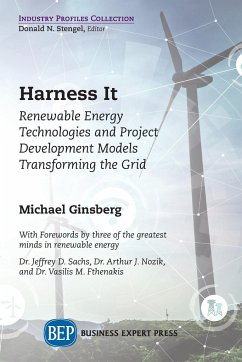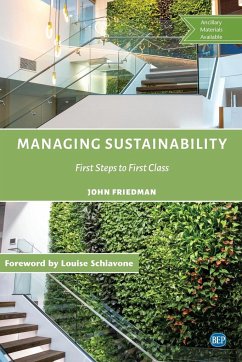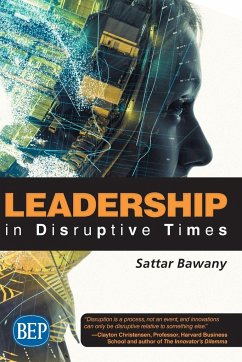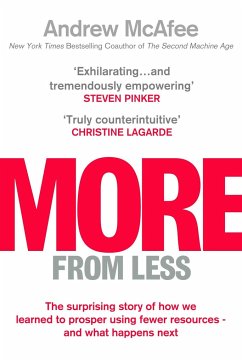
Harness It
Renewable Energy Technologies and Project Development Models Transforming the Grid
Versandkostenfrei!
Versandfertig in 1-2 Wochen
21,99 €
inkl. MwSt.
Weitere Ausgaben:

PAYBACK Punkte
11 °P sammeln!
Following an overview of the technical and historical development of the electric grid in the U.S. and Europe, this guide reviews hydropower, solar photovoltaics, wind energy, fuel cell, and battery technologies. The author also presents models for the connection of these renewable energy sources from large-scale to on-site and community power/microgrids. The models are explained through case studies in the developed and developing worlds that explore how technical evaluations are conducted, policy incentives implemented, and project finance applied. Considering the increasing importance of re...
Following an overview of the technical and historical development of the electric grid in the U.S. and Europe, this guide reviews hydropower, solar photovoltaics, wind energy, fuel cell, and battery technologies. The author also presents models for the connection of these renewable energy sources from large-scale to on-site and community power/microgrids. The models are explained through case studies in the developed and developing worlds that explore how technical evaluations are conducted, policy incentives implemented, and project finance applied. Considering the increasing importance of renewable energy for climate change mitigation, this book provides an overview of how renewable energy sources are integrated into the grid to promote better understanding among students and business professionals in the utility sector and across industries. Most literature on grid interconnection is highly technical, assuming an in-depth understanding of electrical engineering. With the rise of clean technologies and the diversity of interconnection models, this guide fills a gap in the existing literature by equipping non-technical business managers with the salient information they need to make critical decisions for their organizations.














